How to care for a spider plant — tips on watering, light and soil
Here’s how to care for a spider plant and help it thrive
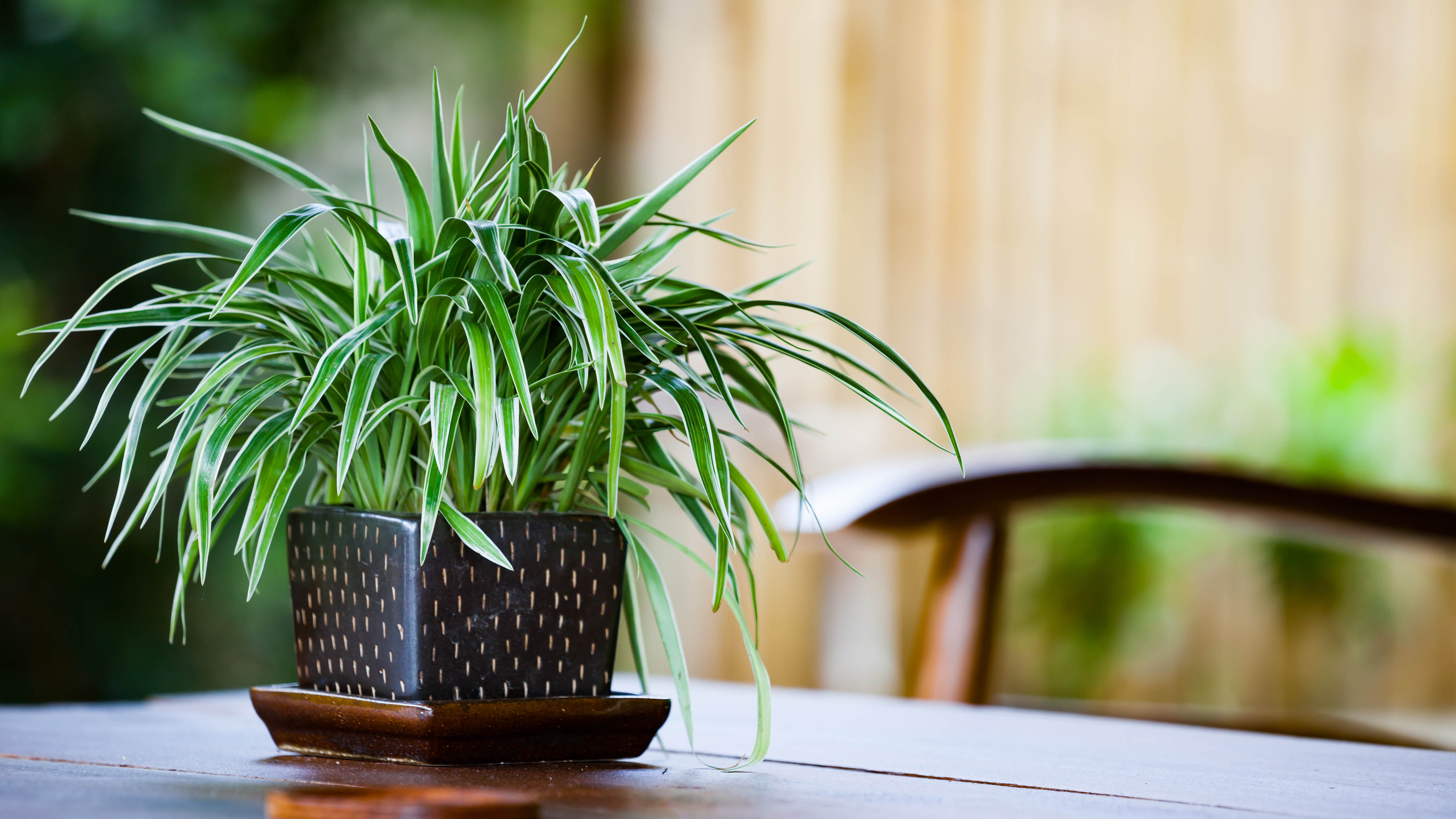
If you’re looking up how to care for a spider plant, odds are you’ve taken in one of these adorable houseplants and you want to give it the best chance to grow. Or, your spider plant has seen better days and you’re looking for last-minute life-saving tips. In either case, we’re here to help.
Spider plants, which are also known as Chlorophytum comosum, are so-named because of the offsets or 'pups' they produce which dangle from the plant — a bit like a spider on a web. Thankfully, that’s where the similarities end. These easy-going houseplants are very adaptable and straightforward to grow, so they’re ideal for beginners, and they are popular for their air-purifying properties. However, there are still everyday care tips that even the most experienced of gardeners should know. Here’s how to care for a spider plant.
Want to make the most of your indoor garden? Check out how to care for succulents and how to repot succulents. If you're a fan of orchids, we've also covered how to get an orchid to rebloom. Or if you have artificial plants, check out these 7 ways to make fake plants look more real.
How to care for a spider plant

1. Make sure the light is adequate — Spider plants thrive in bright, indirect sunlight, so a windowsill might be best for placement. Do not put them in direct sunlight as this can dry out the plant and burn the leaves.
Spider plants are pretty hardy and they can survive in the shade too, but the growth won’t be as impressive. If you move your spider plant outdoors in the summer, make sure it’s still out of the sun.
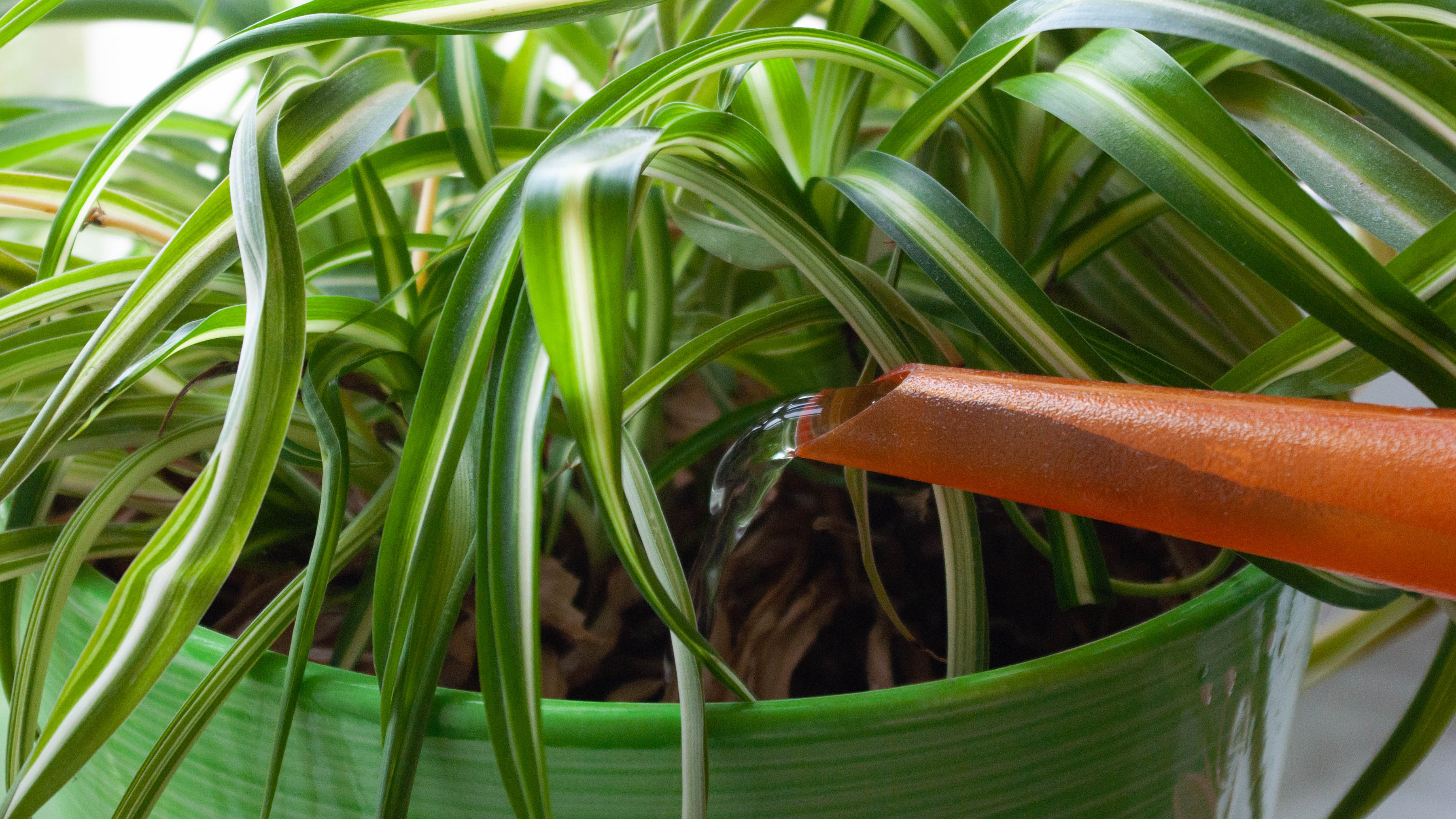
2. Don’t over or under-water — If your spider plant is still growing, it will need watering more regularly versus one which is well-established. As a rule of thumb, you should aim to water your spider plant once a week, but always check the moisture level of the soil with a finger beforehand. If the soil feels moist, hold off on watering for a day or two.
When you water your spider plant, aim to keep the soil moist, but don’t let it get soggy as this can lead to root rot, which in turn will kill the plant. If you notice brown tips forming on the edges of the leaves, this might be due to fluoride and chlorine, which can be found in tap water. To put a stop to this, try using distilled water or rainwater.
Get instant access to breaking news, the hottest reviews, great deals and helpful tips.
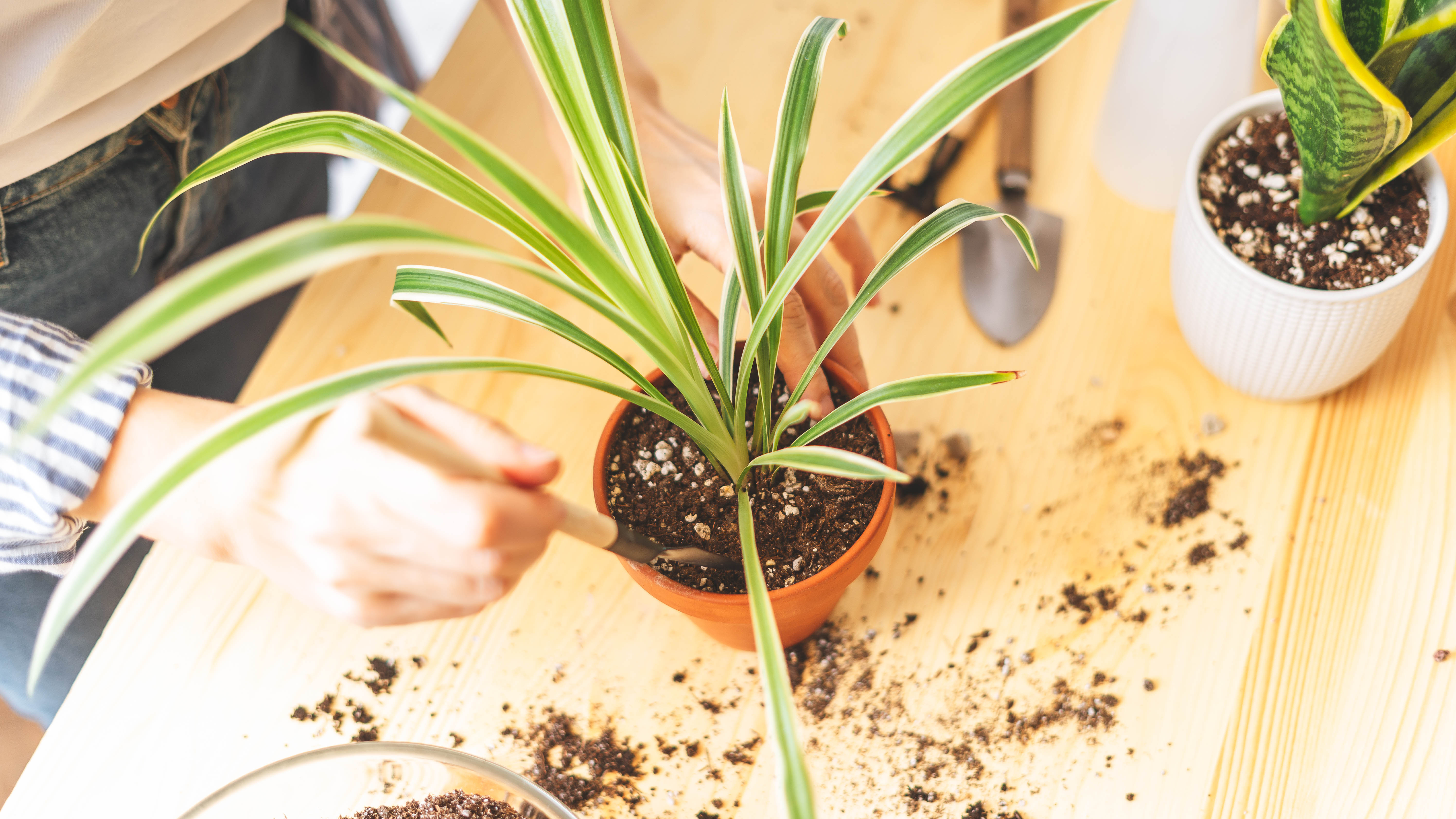
3. Use the best soil and repot if necessary — While spider plants can grow in all kinds of soils, for the best results the soil should have a loose consistency which drains easily. The pH should also be fairly neutral. We recommend Miracle-Gro Indoor Potting Mix ($10.39, Amazon).
Your spider plant will grow quickly and will likely need to be repot every 1-2 years with fresh soil. If the roots start growing above the surface level or out of the drainage holes, your spider plant needs a bigger home. Find a pot which is about an inch wider in diameter than what you’re using now and make sure it has drainage holes.
You can repot the spider plant whole, or break it up from the roots into smaller plants. This is a good solution if you feel it’s been looking a bit sparse as of late. Pups can also be separated to help with this, but we will cover that in more detail later.

4. Keep an eye on the temperature — Spider plants grow best in temperatures of between 55 - 80°F or 13 - 27°C. That means they can be moved outside in the summer if you live in a warm climate.
You want to keep an eye on the humidity as well. Spider plants like a humid environment, so keep spritzing them on occasion with water and make sure it doesn’t dry out, otherwise the leaves will start to brown.
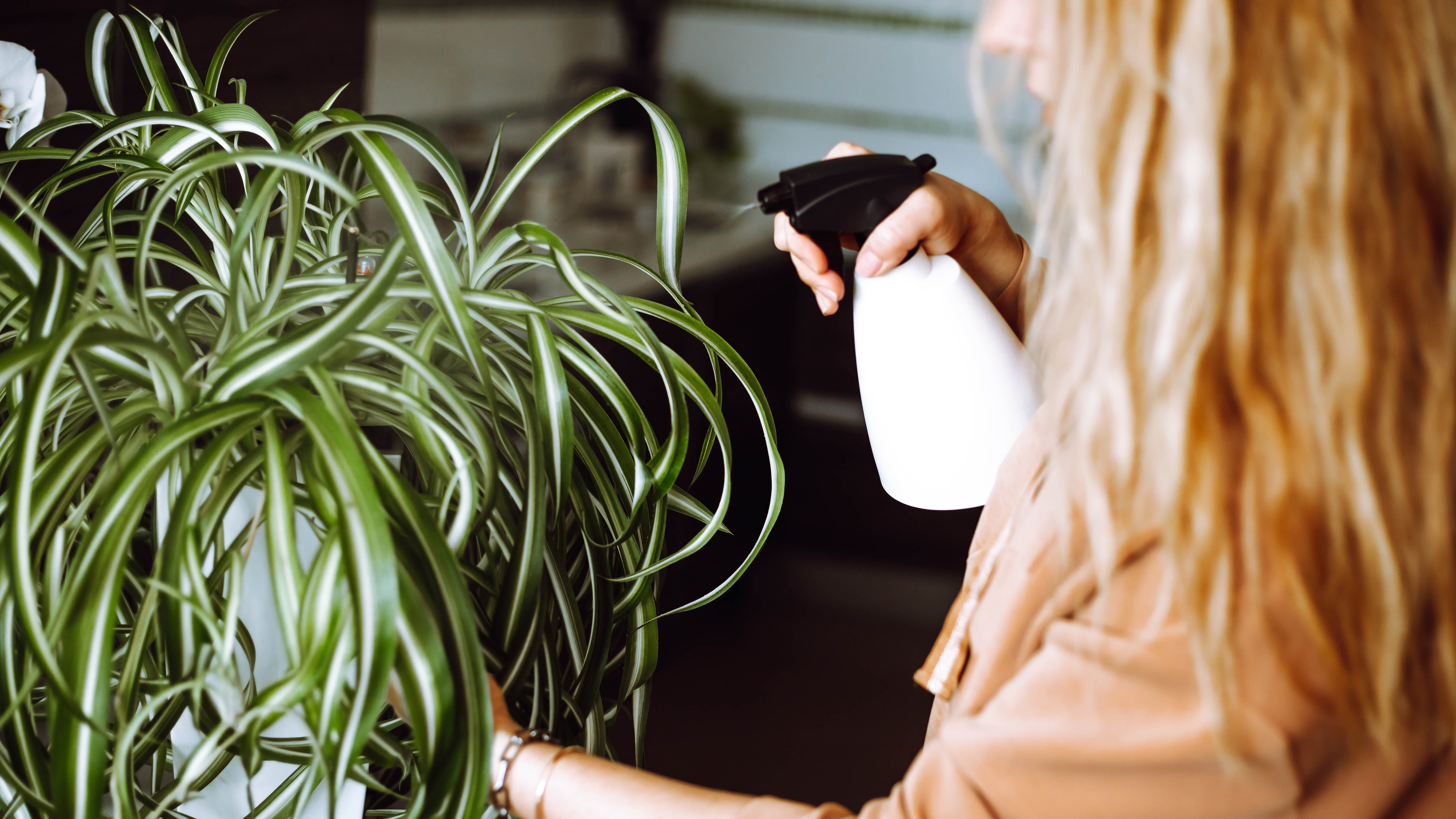
5. Feed every so often — If you want to give your spider plant an extra boost, feed it some fertilizer. Follow the instructions on your chosen fertilizer for correct application and dosage, but once a month is usually enough. Be careful not to over-feed your spider plant as this can cause more damage than good.
Don’t worry about fertilizing your spider plant over the winter, but remember to keep watering it.
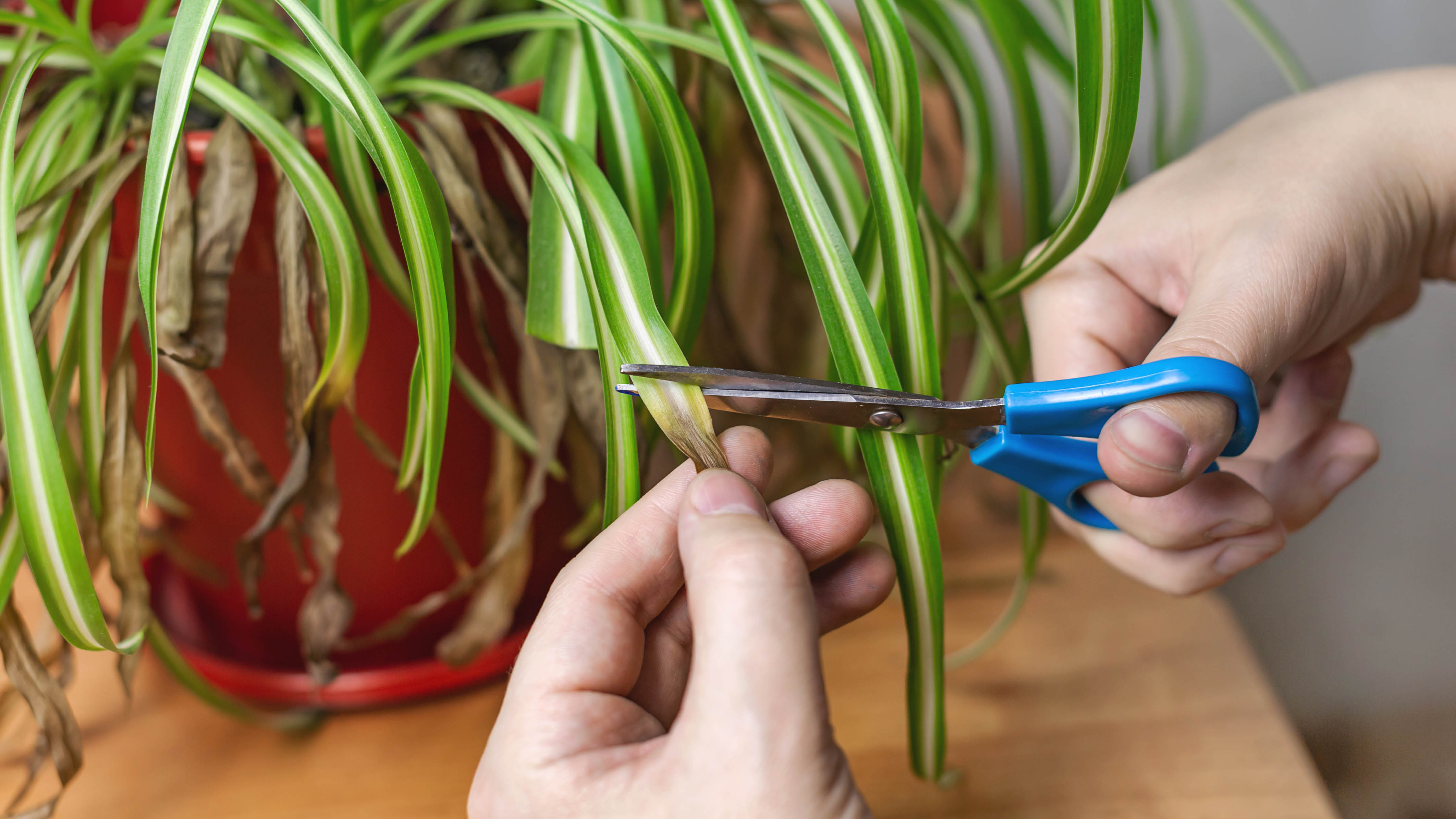
6. Prune away any dead leaves — If some of the leaves have died and turned brown, then there’s no harm in cutting them off. Cut them off from the base of the plant using pruners or a pair of scissors. At the very least, this will make your spider plant look more presentable.
If there’s not as many leaves as there once were, you can encourage more growth by cutting any pups free. For more details, see how do you propagate a spider plant at the end of the guide.
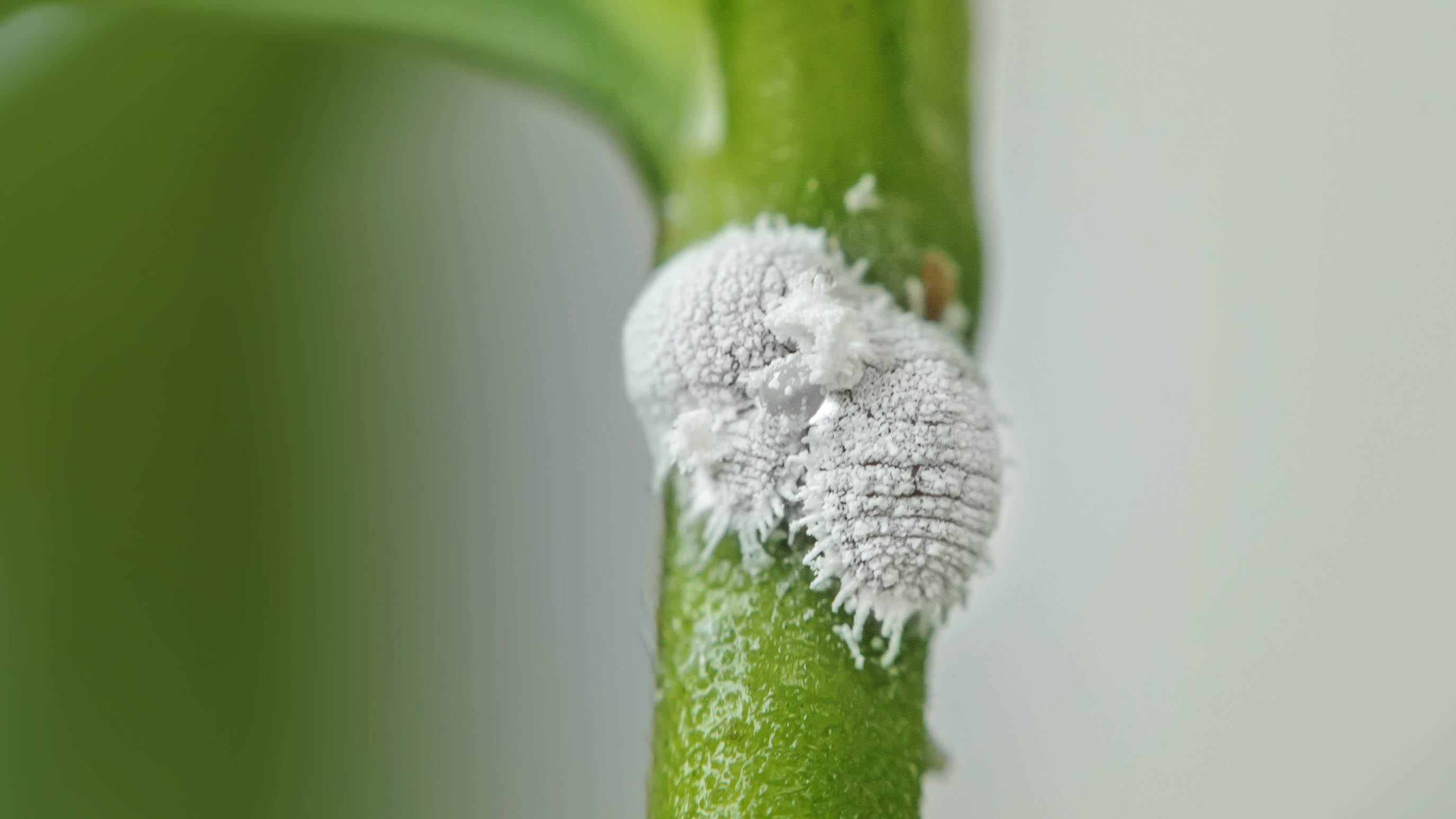
7. Keep pests away — Spider plants are at risk of mealybugs, scale, whiteflies and spider mites, to name a few. If your plant looks like it’s struggling, take a closer look and inspect for any pests.
Some pests you can simply rinse away under the faucet, but you can also buy dedicated insecticides for more stubborn infestations.
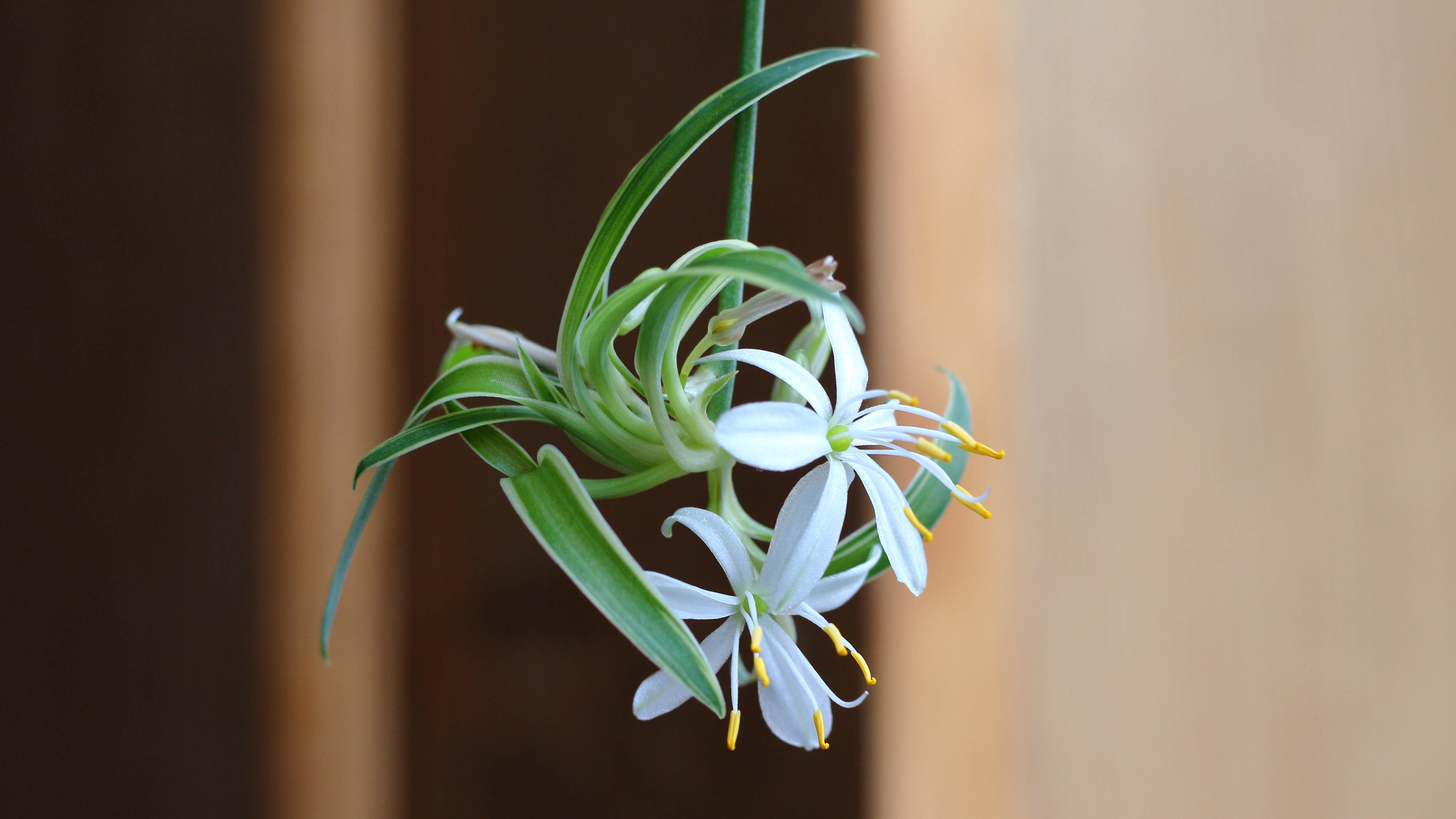
8. Rotate your pots — Rotating your pots makes sure every side gets an even source of light which promotes healthy growth, and this can help with flowering too.
If your spider plant blooms you should see small white flowers growing out on long, thin stems. These will eventually turn to pups.
How do you propagate a spider plant?
When your spider plant has grown its own pups, you can easily separate them to create independent plants. In doing this, you’ve got an ongoing supply of spider plants, or at least a nice gift for friends and family.
You will know your pups are ready to go it alone once the roots reach about an inch long. You can cut them free from the stem with a pair of pruners, and move them to another pot with fresh soil. Just be sure to keep them well-watered at first.
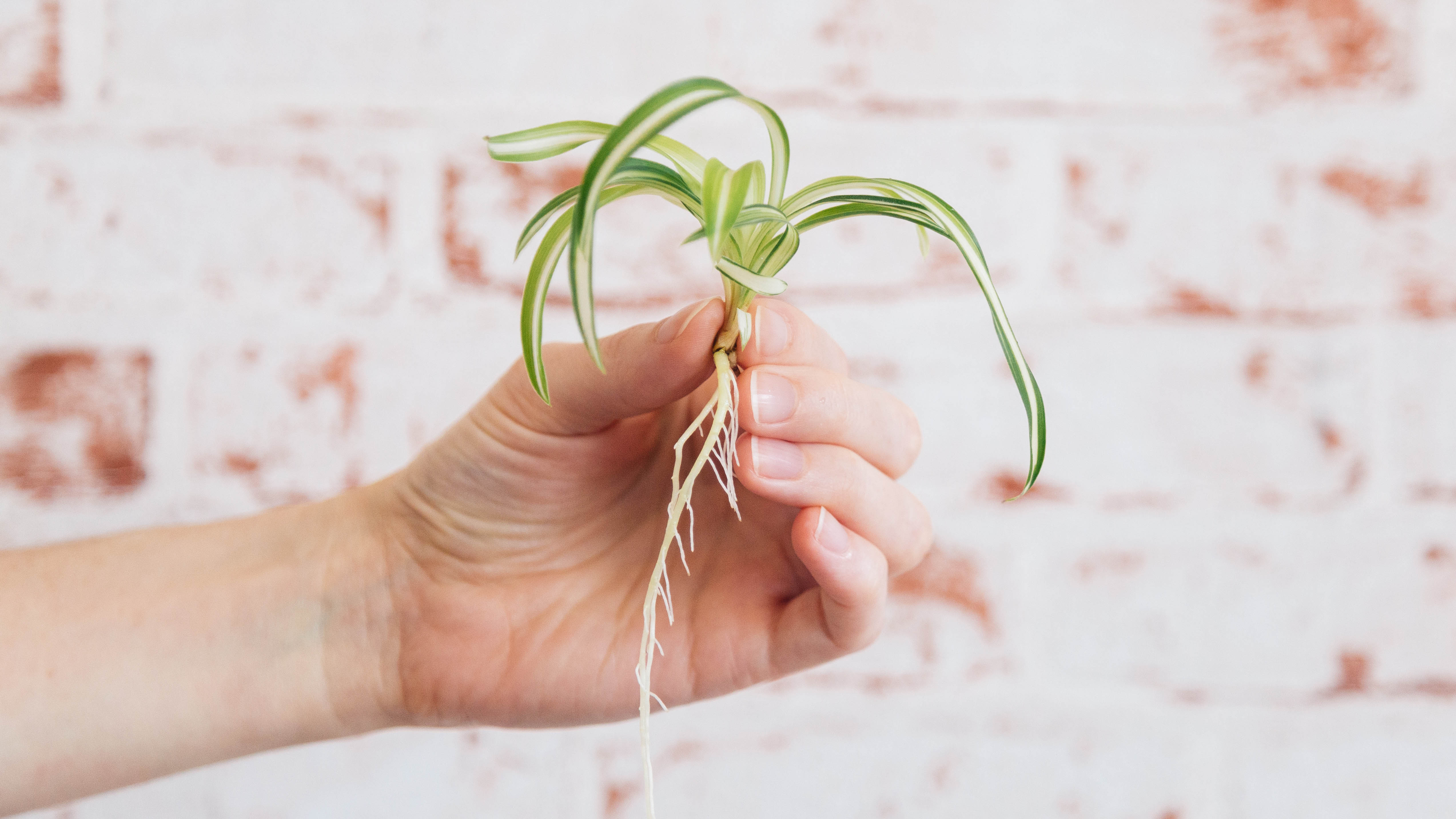
If you want to play it safe, you can alternatively pot the pups while they’re still attached to the mother, and only cut them free once you’re sure they’re established.
Are spider plants good for the air?
Yes, spider plants have been proven to remove formaldehyde from the air, but it won’t make a huge difference unless you have lots. This means one spider plant will not be comparable with one of the best air purifiers, but they’re still nice to have around the home because of this.
For more planting tips, tricks, and how-tos, check out our guides on what to plant in May, how to prune hydrangeas, how to care for an orchid, and how to plant sunflower seeds.

Katie Mortram used to be a Homes Editor for Tom's Guide, where she oversaw everything from kitchen appliances to gardening tools, as well as smart home tech. Specializing in providing expert advice for cleaning and home manintenance, she now works as Household Advice Editor for Good Housekeeping.
